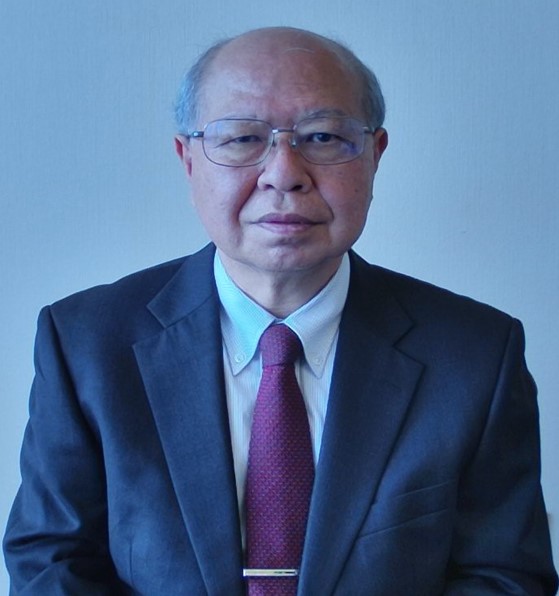报告时间:11月18日(星期四)10:00
报告地点:信息楼自动化学院310报告厅、ZOOM(ID: 811 6989 2959,密码:032151)
报 告 人:大山恭弘,日本东京工科大学(Tokyo University of Technology, Japan)教授
报告题目:T.U.T. and my chronicle
内容简介:I was appointed as a lecturer in the Department of Mechanical Engineering, Faculty of Engineering, Tokyo University of Technology in 1991, and have been working as a faculty member for 30 years with the development of the university. Tokyo University of Technology was established in 1986 as a university with one faculty of engineering, and while establishing a new faculty and reorganizing the faculties, it is currently a university with 6 faculties and 4 graduate schools on 2 campuses, where about 8,000 students are studying. In this meeting, I will introduce the reason why I became a university faculty member, the university’s position and environment in Japan, and the future direction of the university that I noticed as the president.
First, I will briefly introduce what I did in education and research at Tokyo University of Technology, and then I will introduce the Japanese education system, Japan's demographics, and the history of Tokyo University of Technology. I was appointed president in 2020 due to the sudden death of the former president. As a president, I was forced to reconsider the operation of the university while being busy with the new coronavirus countermeasures. Finally, I would like to comment on the educational position of Tokyo University of Technology in Japan and my future image of the university.
报告人简历:Prof. Yasuhiro Ohyama received his Ph. D. in Engineering from Tokyo Institute of Technology. He was a director in Advanced Control Laboratory Inc. from 1985 to 1991. He jointed Tokyo University of Technology as Lecturer in 1991, Associate Professor in 1996, and Professor in 2002. Since 2015, he has been Dean in School of engineering, Tokyo University of Technology.
Prof. Ohyama’s research interests include human movement behavior analysis, rehabilitation robot, the development and application on biological robots and modular robots, and some research on network learning.